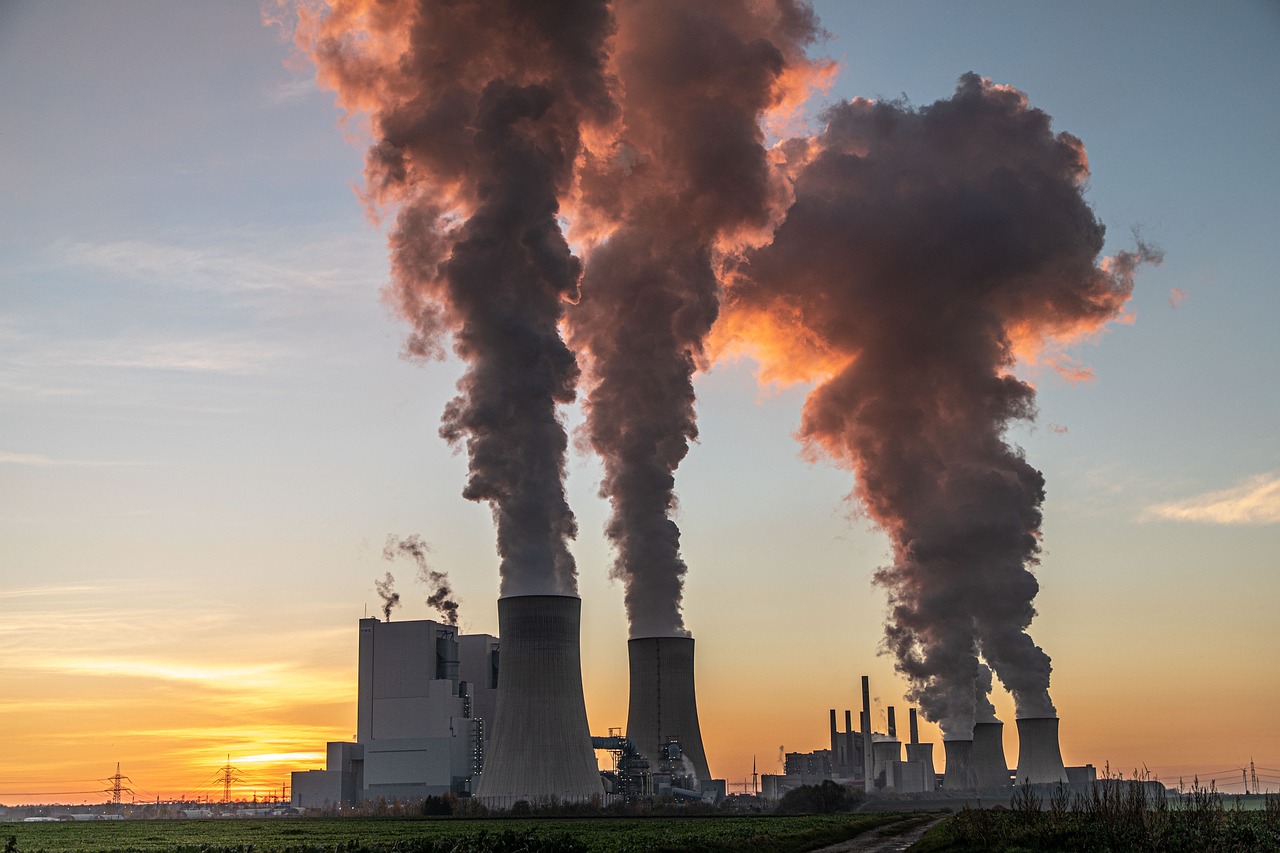Image by catazul from Pixabay
Introduction: A Leap in Carbon Conversion
In a remarkable scientific advancement, researchers have developed a method to convert carbon dioxide (CO₂) into fuel in a mere 15 minutes—a significant improvement from the previous 24-hour process. This innovation not only accelerates the production of synthetic fuels but also offers a promising avenue for reducing greenhouse gas emissions.
The Challenge: Turning CO₂ into Useful Fuel
Carbon dioxide, a major contributor to climate change, has long been a target for scientists aiming to mitigate its environmental impact. One approach involves converting CO₂ into carbon monoxide (CO), a key component in producing synthetic fuels. However, traditional methods have been hampered by high costs, instability, and lengthy processing times.

Fabrication method of gas diffusion electrodes modified with metal phthalocyanine crystals, and the characteristics and performance when using cobalt phthalocyanine (CoPc) crystals. ©Hiroshi Yabu et al.
The Breakthrough: A 15-Minute Transformation
A collaborative effort by Tohoku University, Hokkaido University, and AZUL Energy has led to a significant breakthrough. By developing a novel catalyst, the team has reduced the CO₂-to-CO conversion time from 24 hours to just 15 minutes. This rapid process maintains high efficiency and selectivity, making it a viable option for industrial applications.
Implications: A Step Toward Sustainable Energy
This advancement holds promise for the future of clean energy. By efficiently converting CO₂ into fuel, the technology could play a crucial role in reducing carbon emissions and providing a sustainable energy source. Its scalability and cost-effectiveness make it a strong candidate for widespread adoption in efforts to combat climate change.
Conclusion: The Future of CO₂ Conversion
The ability to rapidly transform CO₂ into fuel marks a significant milestone in environmental science and energy production. As this technology progresses, it could become a cornerstone in the global strategy to achieve carbon neutrality and sustainable energy solutions.










